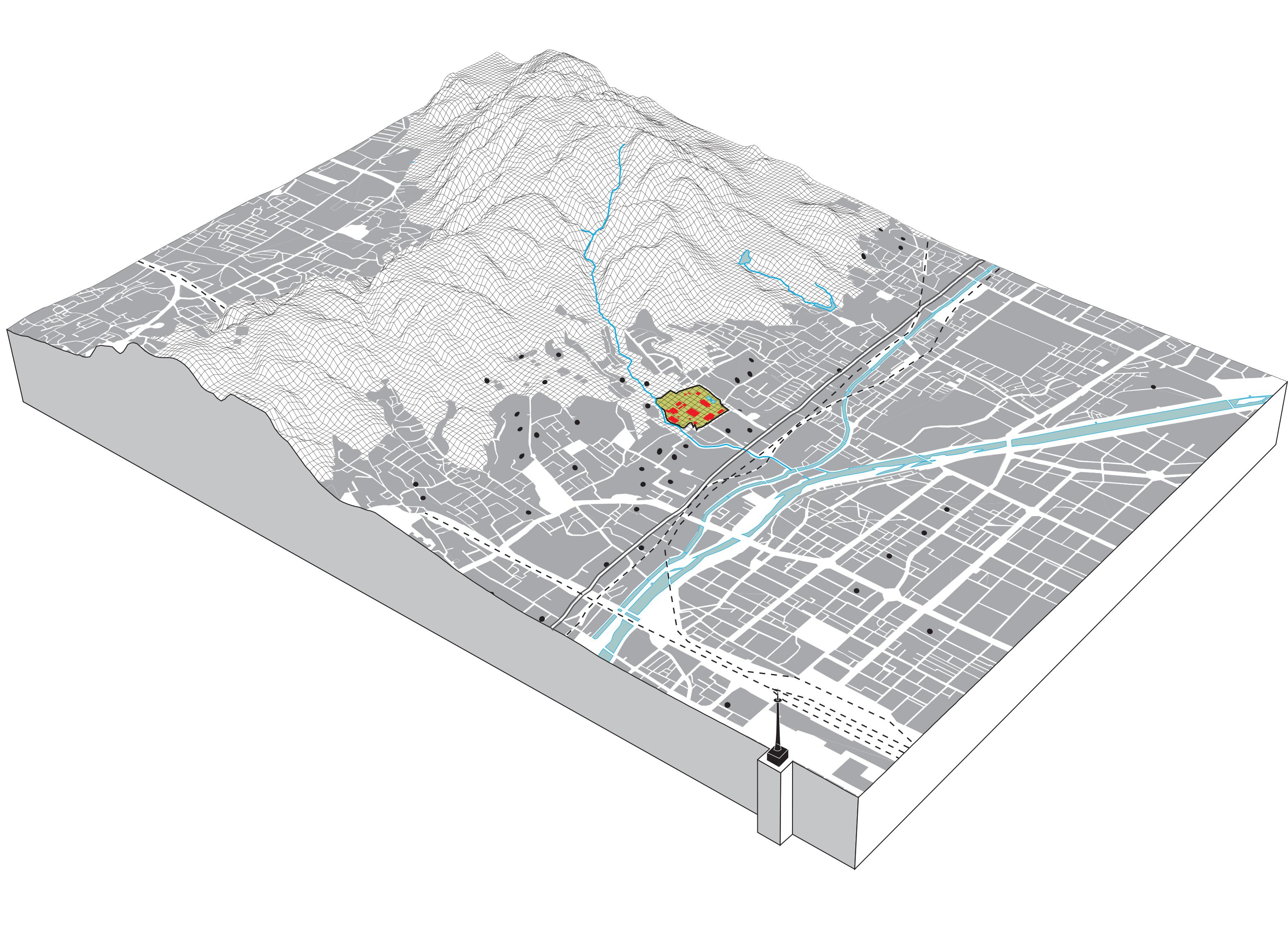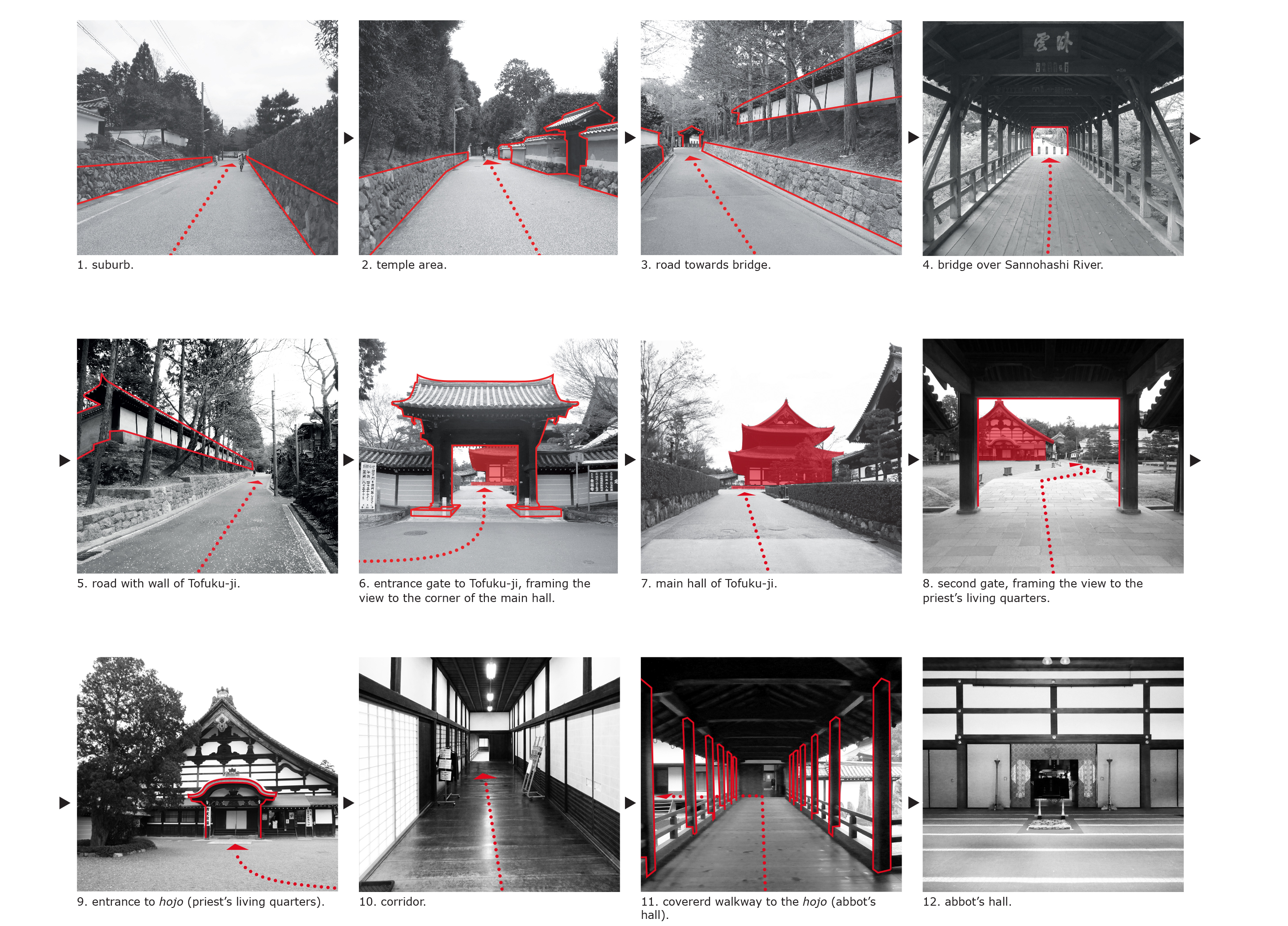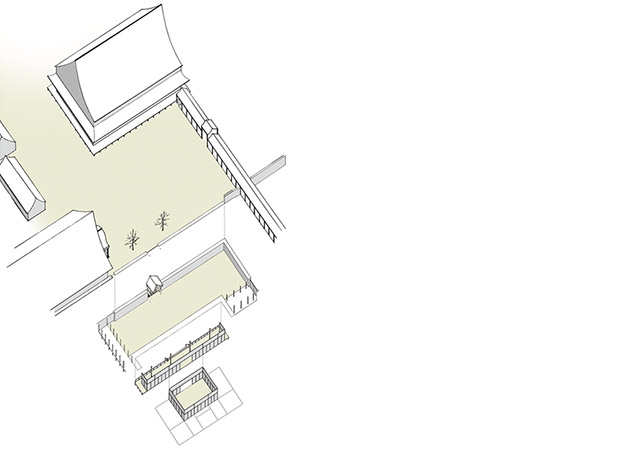This book aims at the landscape architecture of the contemporary enclosed garden as an expression of the genius loci, addressing the question of how the genius loci can be made accessible in the metropolitan landscape. If a garden - the classical means of expressing the landscape - is capable of expressing metropolitan conditions, then we may call it a metropolitan garden. The global phenomenon of metropolisation leads to a diffused and fragmented landscape with many different spatial conditions, existing next to and on top of each other, in a constant process of formation: the metropolitan landscape, as the spatial expression of the profound mix of city and landscape, nature and culture, production and consumption. The metropolitan garden, as a defined space in the continuous metropolitan field, as well as an anchor point to the landscape topography, provides an alternative way to access the landscape horizon, the reference to nature, and the connection to the underlying landscape, providing a new view on two quintessential themes in landscape architecture: nature and place.
Nature
In the metropolitan garden, artificial and natural can no longer be viewed as complementary notions. The garden as an abstraction of nature is thus an experimental playground of the metropolitan landscape, exposing a sensory form of nature, brought close to man, part of daily life, and part of the metropolis. It is as artificial as it is natural. Natural processes, growth and decay, whimsicality, abundance, rough materials, and tactility, play a large part in the contemporary metropolitan garden.
Place
The notion of place is elaborated upon as the inherent characteristics of a geographical location, which are perceivable as a coherent ensemble, different from its surroundings. Yet it is also the surroundings, which determine at least part of these characteristics. In the metropolitan garden three components are at play, which define it as ‘place’. Firstly, the garden gives occasion to an affective bond between people and place (sense of place). Secondly it is determined by its landscape characteristics (‘personality’ of the location). These two are united in a definite space, on the scale of the human being, small in relation to the scale of landscape (third component: definition of form). Since it is already determined by its landscape characteristics, place cannot be designed, but it can be made accessible by design: through form place becomes perceptible. The garden asserts the hidden qualities of the location and denotes the location as a place.
The opportunity these gardens offer for the metropolitan landscape is that they can function as places outside, juxtaposing their metropolitan context by emphasising specific locations, and reflecting the landscape from the margins of the metropolitan tissue.
Six representative models
Carefully unravelling six prototypes, new ways of making the landscape architectonic relation between metropolitan conditions and genius loci expressive, are exposed. The Tofuku-ji hojo gardens in Kyoto (1938) expose the inclusion of the natural landscape as an isolated ‘lesion’ in the emerging generic city. St. Catherine’s College Quadrangle in the Cherwell floodplains at Oxford (1959), positioned at the transition of the traditional city and the open landscape, shows how the landscape as context for the nuclear city has transformed into a landscape theatre within the metropolitan carpet of fragments. Paley Park in midtown Manhattan (1967) gives an architectural expression to the spatial form of the interstice, as a counterform of building mass of the skyscraper metropolis. The Reflection Garden on an island near Seattle (1979), marking a precise location and illuminating its landscape qualities, makes the Arcadian landscape visible as a condition in the metropolitan landscape. The Crazannes Garden and Garden of the Birds, along a motorway in south-western France (1993), are derived from the logic of the infrastructure, yet connect, functionally and spatially, to the natural and cultural landscape, making the two landscapes meet momentarily. The Wasserkrater Garden in suburban Bad Oeynhausen in Germany (1997) dramatises the role of sensory stimuli, creating an intensified experience of nature and place.







